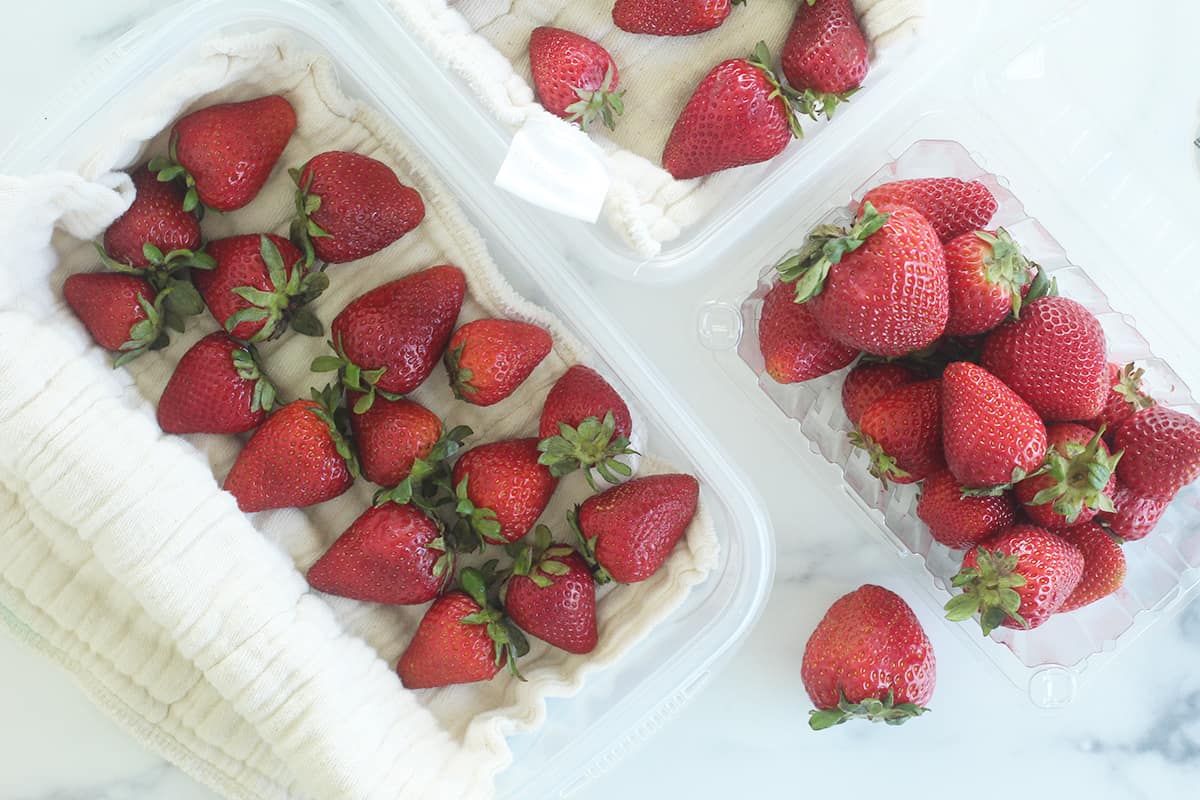

Articles
How To Store Strawberries In Freezer
Modified: February 27, 2024
Learn how to store strawberries in the freezer properly with this helpful article. Keep your strawberries fresh and delicious for longer!
(Many of the links in this article redirect to a specific reviewed product. Your purchase of these products through affiliate links helps to generate commission for Storables.com, at no extra cost. Learn more)
Introduction
Welcome to our guide on how to store strawberries in the freezer! If you are a fan of these juicy and delicious berries, you know that they have a relatively short shelf life. That’s why it’s essential to preserve their freshness by freezing them. Freezing strawberries not only allows you to enjoy them throughout the year but also helps reduce food waste.
In this article, we will walk you through the step-by-step process of freezing strawberries. You’ll learn how to choose the freshest berries, properly wash and prepare them for freezing, as well as the various methods for freezing whole strawberries, sliced strawberries, and even strawberry purée. We will also cover packaging and labeling techniques, correct storage practices, and tips on thawing frozen strawberries.
So, whether you have a surplus of strawberries from your garden or have snagged a great deal at the local farmer’s market, read on to discover how to store strawberries in the freezer to enjoy their sweet, tangy goodness whenever you please!
Key Takeaways:
- Preserve the vibrant flavor of strawberries year-round by freezing them whole, sliced, or as purée. Proper packaging, labeling, and storage ensure their quality for up to 8-12 months in the freezer.
- Enjoy the convenience of frozen strawberries in various recipes while reducing food waste. Choose ripe berries, follow proper freezing techniques, and use within 6 months for optimal taste and texture.
Read more: How To Store Strawberries In The Freezer
Choosing Fresh Strawberries
When it comes to freezing strawberries, it’s important to start with the freshest berries possible. Look for strawberries that are bright red, firm, and plump. Avoid berries that are mushy, bruised, or have any signs of mold. The sweeter and juicier the strawberries are, the better they will taste once thawed.
If you have the opportunity to pick your own strawberries, opt for the ones that are fully ripe. These will have the best flavor and texture. If you are purchasing strawberries from a store or market, give the container a once-over. Check for any damaged or squished berries. Don’t be afraid to give them a gentle sniff – they should have a fresh, sweet aroma.
It’s also worth noting that the size of the strawberries doesn’t necessarily indicate their quality. Small strawberries can be just as tasty and flavorful as larger ones. However, larger berries may be easier to slice or use in certain recipes, so consider your preferences and needs when selecting.
Lastly, if you plan on freezing a large quantity of strawberries, consider buying in bulk. Many farmers’ markets offer discounts for buying in bulk, which can save you money in the long run. Plus, you’ll have plenty of strawberries to enjoy throughout the year!
Washing and Preparing Strawberries
Before freezing your strawberries, it’s vital to properly wash and prepare them to ensure they are clean and ready to be frozen. Here’s a step-by-step guide:
- Start by removing the stems and leaves. Use a gentle twisting motion to remove the green caps from the strawberries. You can also use a paring knife if preferred, but be careful not to remove too much of the fruit along with the stem.
- Rinse the strawberries under cool, running water. Gently rub each berry with your fingers to remove any dirt or debris. Avoid soaking the strawberries, as they can absorb excess water and become mushy.
- Inspect the strawberries again after washing. Discard any berries that show signs of mold, damage, or are excessively soft.
- Place the strawberries on a clean kitchen towel or paper towels to dry. Gently pat them dry to remove any remaining moisture. Allow them to air dry for a few minutes to ensure they are completely dry before freezing.
Once the strawberries are washed and dried, you can proceed with the freezing methods discussed in the following sections. Remember, it’s essential to handle the berries with care to prevent bruising or crushing, as this can affect their quality and texture.
Freezing Strawberries Whole
Freezing strawberries whole is the simplest and most straightforward method. Here’s how to do it:
- Make sure the strawberries are clean, dry, and free from any stems or leaves.
- Place the strawberries on a baking sheet in a single layer, making sure they are not touching each other. This will prevent them from sticking together once frozen.
- Transfer the baking sheet with the strawberries to the freezer and let them freeze for about 1-2 hours, or until they are firm.
- Once the strawberries are frozen, transfer them to a freezer-safe container or a zip-top bag. Remove any excess air from the container or bag to reduce the chances of freezer burn.
- Seal the container or bag tightly and label them with the date of freezing.
- Place the container or bag of frozen strawberries back into the freezer for long-term storage.
With this method, you can easily grab a handful or a few strawberries whenever you need them for smoothies, desserts, or as a topping for yogurt or cereal. By freezing them individually, you also have the flexibility to thaw only the amount you require, rather than defrosting the entire batch.
Remember, frozen whole strawberries can last up to 8-12 months when stored properly in the freezer.
Freezing Sliced Strawberries
If you prefer to have sliced strawberries readily available for smoothies, desserts, or other recipes, freezing them in slices is a convenient option. Here’s how to freeze sliced strawberries:
- Wash, dry, and remove the stems from the strawberries, just as you would for whole strawberries.
- Slice the strawberries to your desired thickness. Keep in mind that thicker slices may take longer to thaw.
- Spread the sliced strawberries in a single layer on a baking sheet lined with parchment paper or a silicone mat. Ensure the slices are not touching each other.
- Place the baking sheet with the sliced strawberries in the freezer for about 1-2 hours to allow them to freeze completely.
- After the strawberries are frozen, transfer them to a freezer-safe container or a zip-top bag. Squeeze out any excess air from the bag before sealing.
- Label the container or bag with the date of freezing.
- Return the container or bag of frozen sliced strawberries to the freezer for long-term storage.
By freezing sliced strawberries, you’ll have prepped fruit that’s ready to use whenever you need it. Whether you’re making a fruit salad, adding them to a cake or pie, or simply enjoying them as a snack, having frozen sliced strawberries on hand will save you time and effort in the kitchen.
Remember, properly stored frozen sliced strawberries can last up to 8-12 months in the freezer, maintaining their flavor and texture for an extended period.
Freezing Strawberry Purée
If you want to have strawberry purée readily available for smoothies, sauces, or other culinary creations, freezing it is a fantastic option. Here’s how to freeze strawberry purée:
- Thoroughly wash, dry, and remove the stems from the strawberries.
- Place the strawberries in a blender or food processor and blend until smooth. If desired, you can add a touch of sweetener, such as sugar or honey, to enhance the flavor.
- Pour the strawberry purée into freezer-safe containers or ice cube trays. Leave some headspace in the containers or ice cube compartments, as the purée will expand as it freezes.
- Seal the containers with lids or cover the ice cube trays with plastic wrap. Make sure they are tightly sealed to prevent freezer burn.
- Label the containers or trays with the date of freezing for easy reference later on.
- Place the containers or trays in the freezer and allow the strawberry purée to freeze completely, usually within a few hours.
- Once frozen, transfer the strawberry purée cubes from the ice cube trays to a freezer bag for space-saving storage, if desired.
- Return the containers or freezer bag to the freezer for long-term storage.
Having frozen strawberry purée on hand makes it easy to add a burst of strawberry flavor to recipes throughout the year. Whether you’re making a refreshing strawberry smoothie or a delicious strawberry sauce, having pre-portioned purée cubes or containers of purée gives you the flexibility to easily incorporate strawberries into your dishes.
It’s important to note that strawberry purée may darken slightly in color after freezing, but it does not affect the taste or quality. Properly stored frozen strawberry purée can last up to 8-12 months in the freezer, ensuring you have the taste of summer strawberries whenever you desire.
To store strawberries in the freezer, first wash and dry them thoroughly. Then, remove the stems and arrange the strawberries in a single layer on a baking sheet. Place the baking sheet in the freezer until the strawberries are frozen solid, then transfer them to a resealable plastic bag for long-term storage. This method prevents the strawberries from sticking together and makes it easy to grab a handful at a time.
Packaging Frozen Strawberries
Properly packaging your frozen strawberries is crucial for maintaining their quality and preventing freezer burn. Here’s how to package your frozen strawberries:
- Once your strawberries are frozen, transfer them from the baking sheets or containers to freezer-safe bags or airtight containers specifically designed for freezer storage.
- If using bags, squeeze out as much air as possible before sealing them. This helps prevent freezer burn and preserves the quality of the strawberries.
- If using airtight containers, leave a little bit of headspace to allow for expansion during freezing.
- Make sure the bags or containers are tightly sealed to prevent any air or moisture from entering.
- For sliced strawberries or strawberry purée, you can consider using ice cube trays initially to freeze them in individual portions. Once frozen, transfer the strawberry slices or purée cubes to freezer bags for more efficient storage.
- Label the bags or containers with the date of freezing to keep track of their freshness.
When packaging frozen strawberries, it’s important to minimize exposure to air as much as possible. Oxygen is one of the main factors that can deteriorate the quality of frozen berries over time. Properly sealing the packaging is essential for preventing freezer burn, which can negatively impact both the taste and texture of the strawberries.
By packaging your frozen strawberries effectively, you’ll be able to maximize their shelf life and preserve their freshness, ensuring that you can enjoy their deliciousness whenever the craving strikes.
Labeling and Dating Frozen Strawberries
Labeling and dating your frozen strawberries is a simple yet crucial step in maintaining organization and ensuring freshness. Here’s why it’s important and how to do it:
Importance of labeling:
When you have multiple batches of frozen strawberries or different types of strawberry products in your freezer, it can become challenging to keep track of what you have and when you froze them. Labeling your packages eliminates any confusion and allows you to identify the contents easily.
Benefits of dating:
Dating your frozen strawberries helps you keep a record of their age, ensuring you use up the older batches first. This is especially important when it comes to taste and texture, as strawberries are at their peak quality when consumed within a certain period.
How to label and date:
- Using a marker or a label, write the word “Strawberries” prominently on the packaging. This will clearly indicate what is inside.
- Write the date of freezing on the label as well. Include the month and year or use a more specific date if desired. This information will help you determine the freshness of the strawberries and ensure they are used within the recommended timeframe.
By labeling and dating your frozen strawberries, you’ll have better control over your inventory and can easily identify and prioritize them based on their freezing date. This practice will result in a more organized freezer and ensure that you consume your strawberries when they are still at their best.
Proper Storage of Frozen Strawberries
Storing your frozen strawberries correctly is essential for maintaining their quality and flavor over time. Here are some tips for proper storage:
- Keep your frozen strawberries in a freezer set at a temperature below 0°F (-18°C). This ensures that the berries remain frozen solid and prevents any potential bacterial growth.
- Store the strawberries in a dedicated spot in your freezer, away from other strong-smelling foods. This will help prevent them from absorbing any odors and maintain their natural aroma.
- Arrange the packages in a way that they are easily accessible and organized. Consider using bins or baskets to keep them grouped together, making it easier to locate and retrieve what you need without disrupting the other packages.
- Be mindful of the storage time. While properly frozen strawberries can last 8-12 months, it’s best to use them within the first 6 months for optimal taste and texture.
- Try not to move the frozen strawberries around too often or leave the freezer door open for extended periods. Frequent temperature fluctuations can affect their quality and may cause freezer burn.
- If you have a larger quantity of frozen strawberries, it may be helpful to keep an inventory list to track the different packages and their dates. This will aid in meal planning and prevent any forgotten packages from being left behind.
By following these storage guidelines, you can ensure that your frozen strawberries stay fresh and flavorful for an extended period. With a little organization and proper care, you’ll always have a supply of delicious strawberries ready to be enjoyed in your favorite recipes.
Read more: How To Store Cut Strawberries
Thawing Frozen Strawberries
Thawing frozen strawberries properly is important to preserve their texture and flavor. Here are the recommended methods for thawing frozen strawberries:
- Refrigerator thawing: The best and recommended method for thawing frozen strawberries is to place them in the refrigerator. Simply transfer the desired amount of frozen strawberries from the freezer to a bowl or container and let them thaw slowly in the refrigerator overnight or for about 6-8 hours. This gentle thawing process helps the strawberries retain their shape and quality.
- Room temperature thawing: If you’re in a hurry and need to thaw frozen strawberries quickly, you can place them in a sealed, microwave-safe bag and defrost them in the microwave using the “defrost” setting. Monitor the process closely to prevent any heating or cooking of the berries. Alternatively, you can leave the sealed bag of frozen strawberries on the counter for a few hours until they thaw, but be cautious not to let them sit at room temperature for too long to avoid any potential food safety concerns.
- Direct usage: In some cases, you may want to use your frozen strawberries directly in smoothies, sauces, or baking recipes without thawing them completely. In such instances, you can add the frozen strawberries directly to the recipe, allowing them to naturally thaw during the cooking or blending process. This method works well when the texture of the strawberries is not the main focus of the dish.
Regardless of the thawing method you choose, it’s important to avoid refreezing previously thawed strawberries. Once they are thawed, use them within a few days to retain their quality.
Remember, thawed strawberries may release some liquid during the process, especially when thawed at room temperature. Consider using the liquid in your recipes or drink it for an extra burst of strawberry flavor.
By thawing frozen strawberries correctly, you can preserve their taste and texture, ensuring they are as delectable as when they were freshly picked.
Tips and Tricks for Freezing Strawberries
Freezing strawberries is a great way to preserve their freshness and enjoy their delicious flavor year-round. Here are some tips and tricks to maximize the freezing process:
- Choose strawberries at their peak: Select fully ripe strawberries that are firm, plump, and free from any signs of mold or damage. The quality of the strawberries before freezing will directly impact the quality of the frozen strawberries.
- Wash and dry strawberries properly: Thoroughly wash the strawberries under running water to remove any dirt or debris. Pat them dry with a clean kitchen towel or paper towels to remove excess moisture. Dry strawberries freeze better and are less prone to freezer burn.
- Use suitable containers: When freezing strawberries, use freezer-safe bags, airtight containers, or vacuum-sealed bags to prevent freezer burn and maintain the strawberries’ quality. Ensure that the containers or bags are tightly sealed to keep out air and moisture.
- Label and date the packages: Properly labeling and dating the packages will help you keep track of when the strawberries were frozen. This ensures you use them within the recommended timeframe and prevents confusion when searching for specific batches later on.
- Consider pre-freezing individually: Pre-freeze whole strawberries, sliced strawberries, or strawberry purée on a baking sheet before transferring them to bags or containers. This prevents the pieces from clumping together, allowing you to portion out the desired amount when needed.
- Remove excess air: When sealing bags or containers, squeeze out as much air as possible before sealing. This reduces the chance of freezer burn and helps maintain the strawberries’ quality during storage.
- Frozen strawberries are versatile: Frozen strawberries can be used in a variety of recipes, such as smoothies, desserts, sauces, and baked goods. Experiment with different ways to incorporate them into your favorite dishes and explore new flavor combinations.
- Use frozen strawberries within 6 months: While properly frozen strawberries can last up to 8-12 months, it’s recommended to use them within the first 6 months for the best taste and texture.
- Freeze in small portions: Consider freezing strawberries in small portions based on your usage. This allows you to thaw and use only what you need, reducing wastage and ensuring freshness.
- Take advantage of sales and seasonal availability: Stock up on strawberries when they are in season or on sale. Freeze the surplus to enjoy later when strawberries are not readily available or at a higher price.
By following these tips and tricks, you can successfully freeze strawberries and have a flavorful supply on hand throughout the year. Experiment with different freezing techniques and find what works best for your needs and preferences.
Conclusion
Freezing strawberries is a fantastic way to preserve their freshness and enjoy their vibrant flavor long after their peak season has passed. Whether you’re freezing whole strawberries, sliced strawberries, or strawberry purée, the process is relatively simple and can be done with minimal effort. By following the guidelines outlined in this article, you can ensure that your frozen strawberries maintain their taste, texture, and nutritional value.
Start by selecting the freshest strawberries you can find, and take the time to wash and prepare them properly. Freezing options include whole strawberries, sliced strawberries, and strawberry purée, providing versatility for various culinary uses. Proper packaging using freezer-safe bags or airtight containers, along with proper labeling and dating, helps maintain organization and ensures that you can utilize your frozen strawberries efficiently.
When it comes time to thaw your frozen strawberries, opt for the refrigerator method for the best results. This gentle thawing process allows the strawberries to retain their shape and flavor. However, if you’re in a rush, using the microwave or incorporating the frozen strawberries directly into recipes are viable options too.
Remember to use your frozen strawberries within 6 months for the best taste and texture. Keep an eye on inventory and plan your meals accordingly to prevent any package from being forgotten in the freezer.
Freezing strawberries not only allows you to enjoy this delectable fruit year-round but also helps reduce food waste. Take advantage of sales or seasonal availability to stock up, and experiment with different recipes to fully savor the sweetness and versatility of frozen strawberries.
So go ahead and freeze those strawberries! With the knowledge gained from this guide, you can confidently navigate the process and enjoy the taste of summer even when it’s chilly outside. Happy freezing!
Frequently Asked Questions about How To Store Strawberries In Freezer
Was this page helpful?
At Storables.com, we guarantee accurate and reliable information. Our content, validated by Expert Board Contributors, is crafted following stringent Editorial Policies. We're committed to providing you with well-researched, expert-backed insights for all your informational needs.
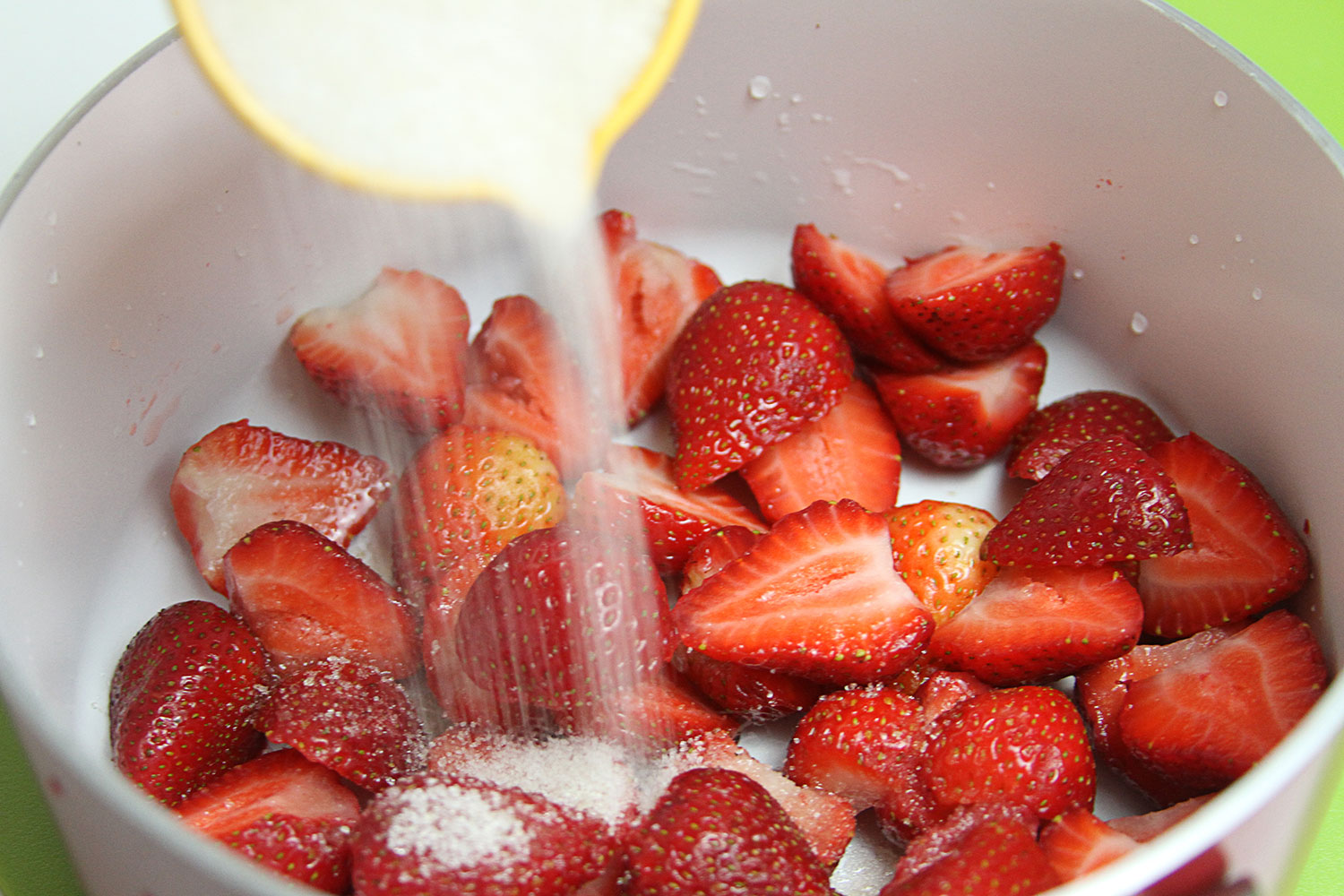
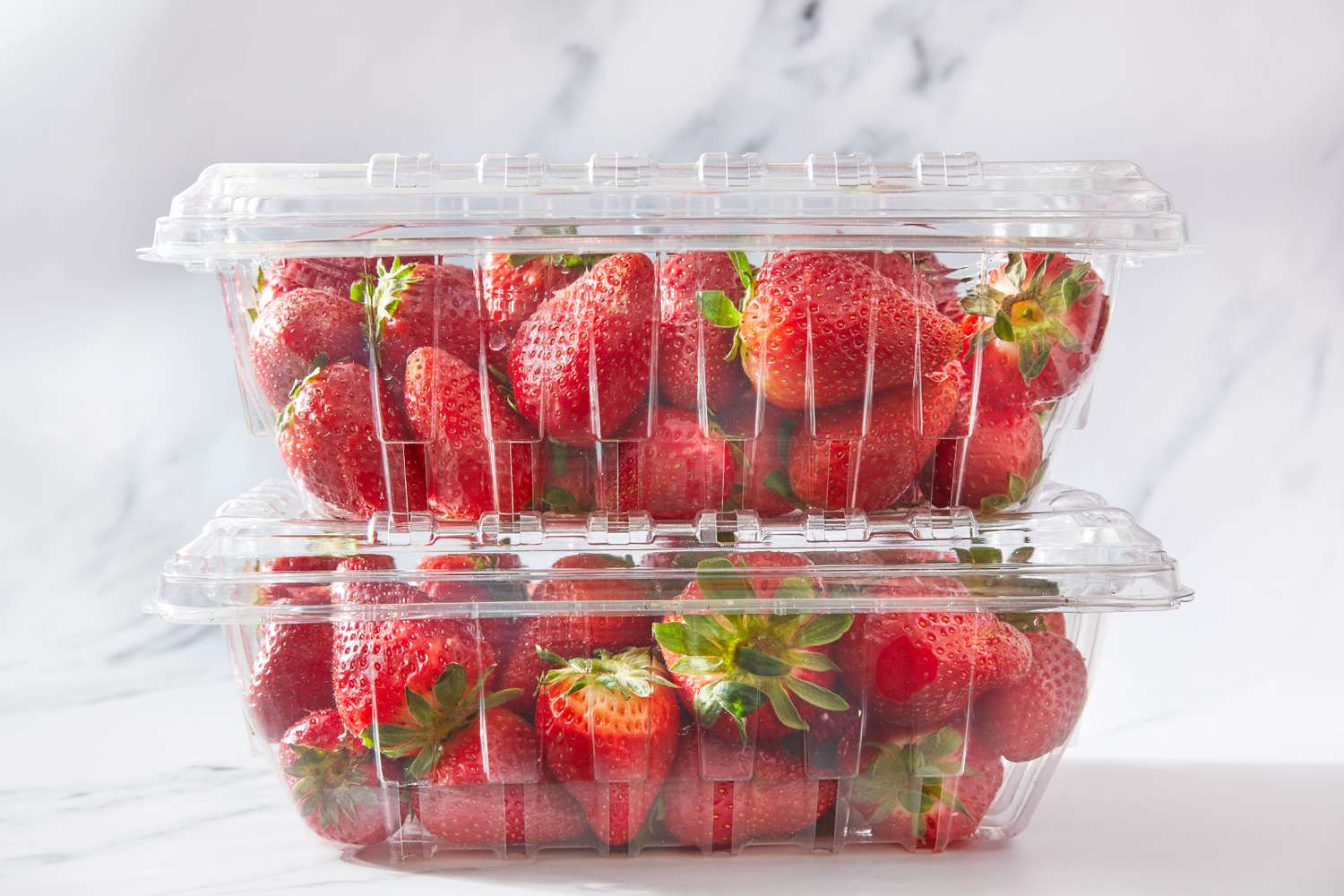
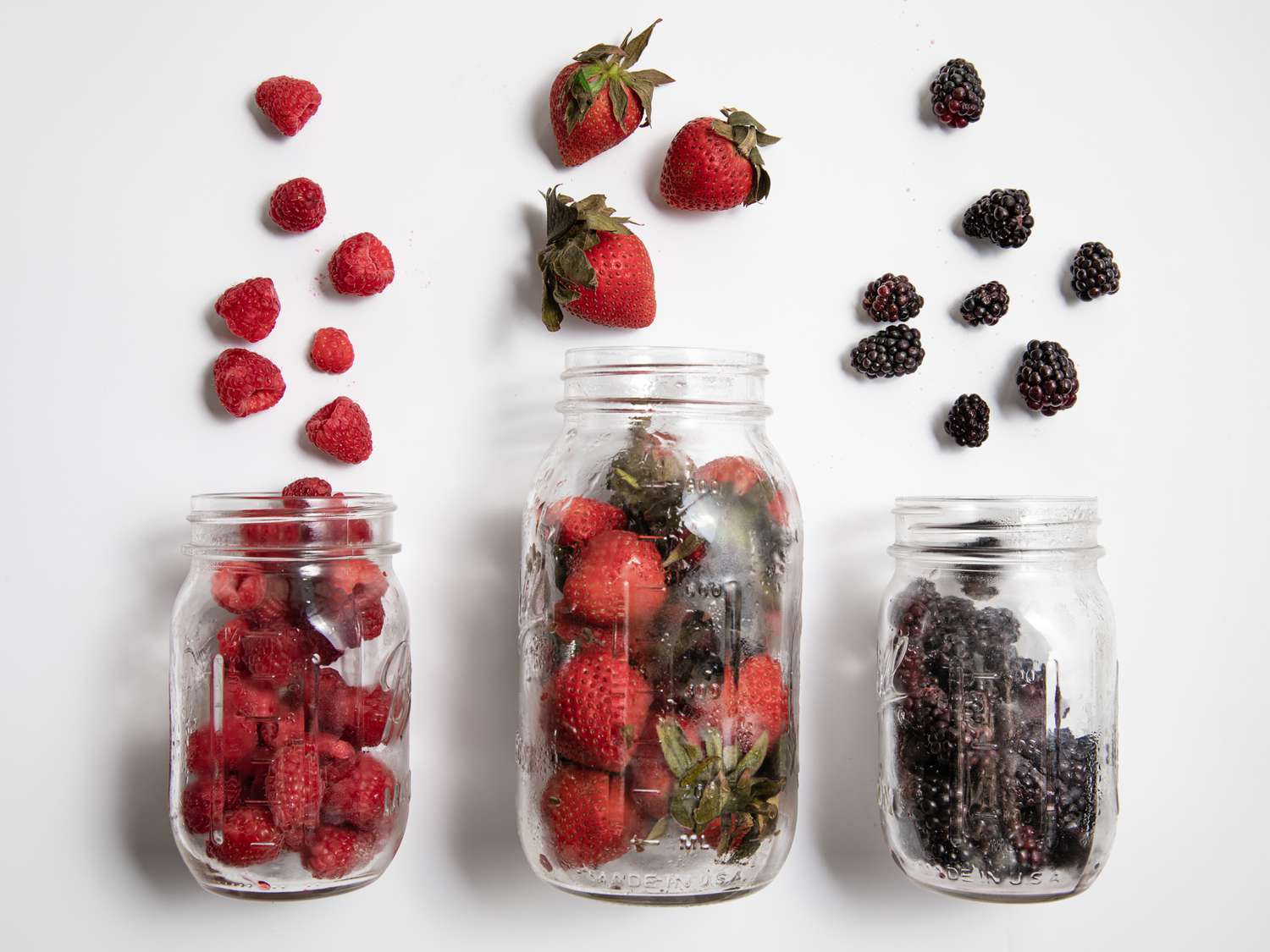
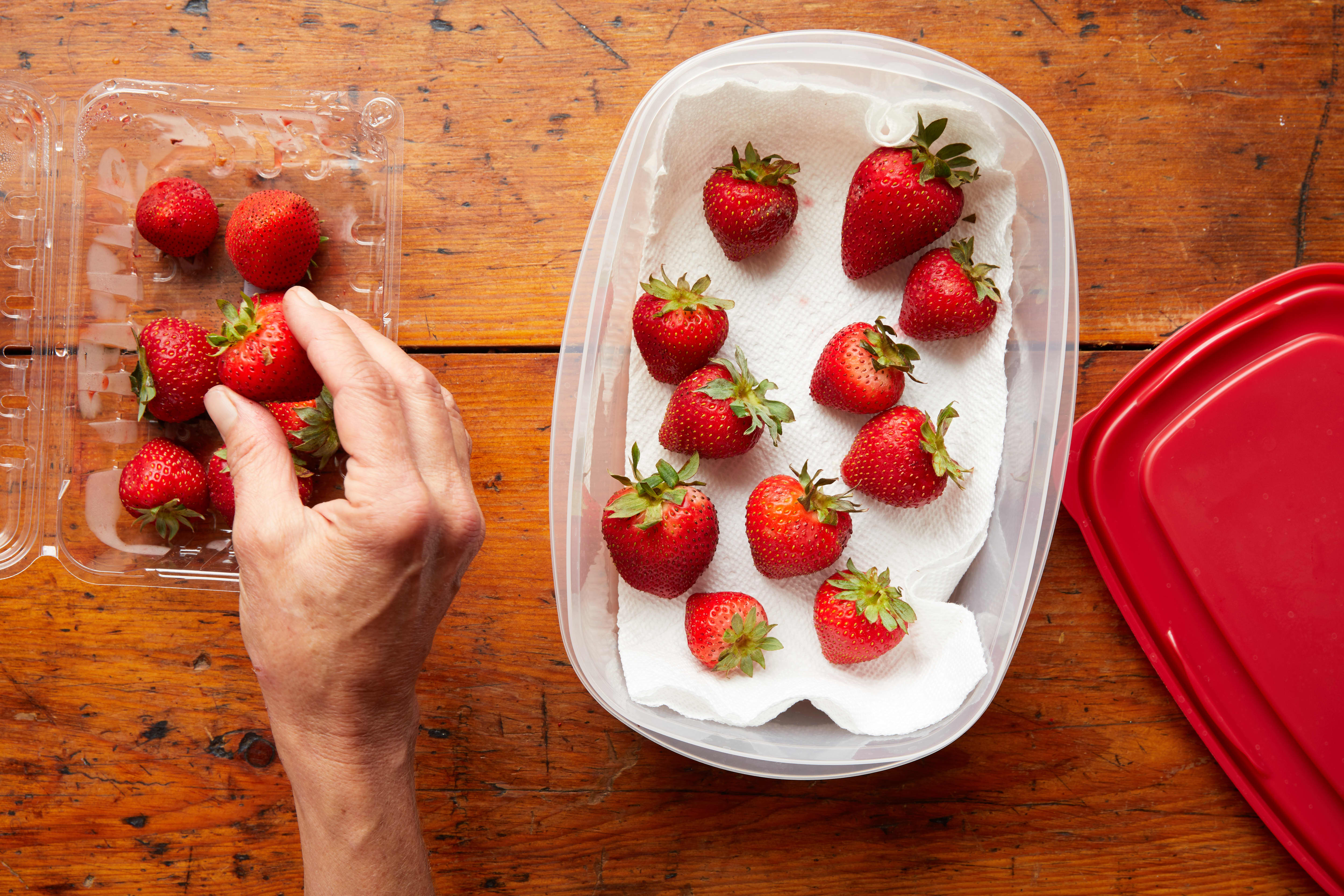
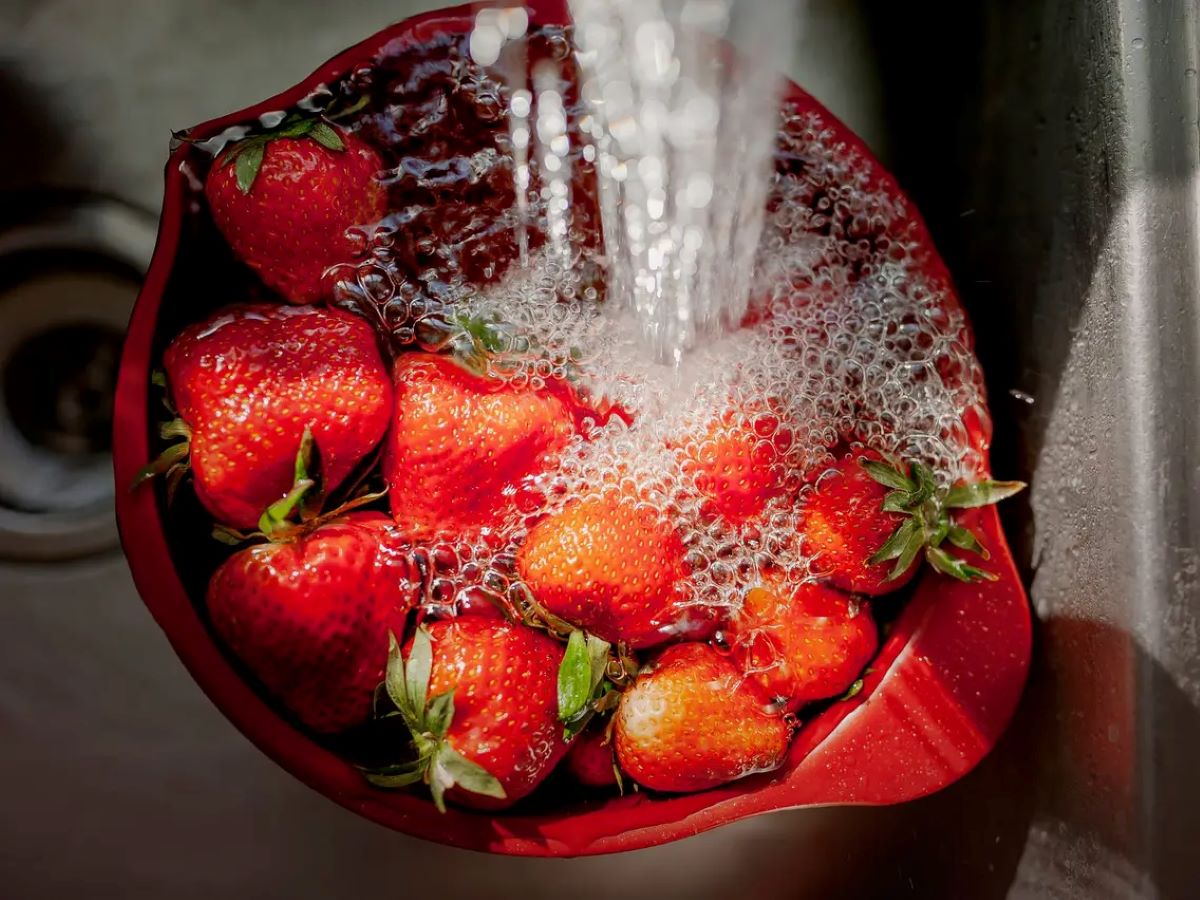

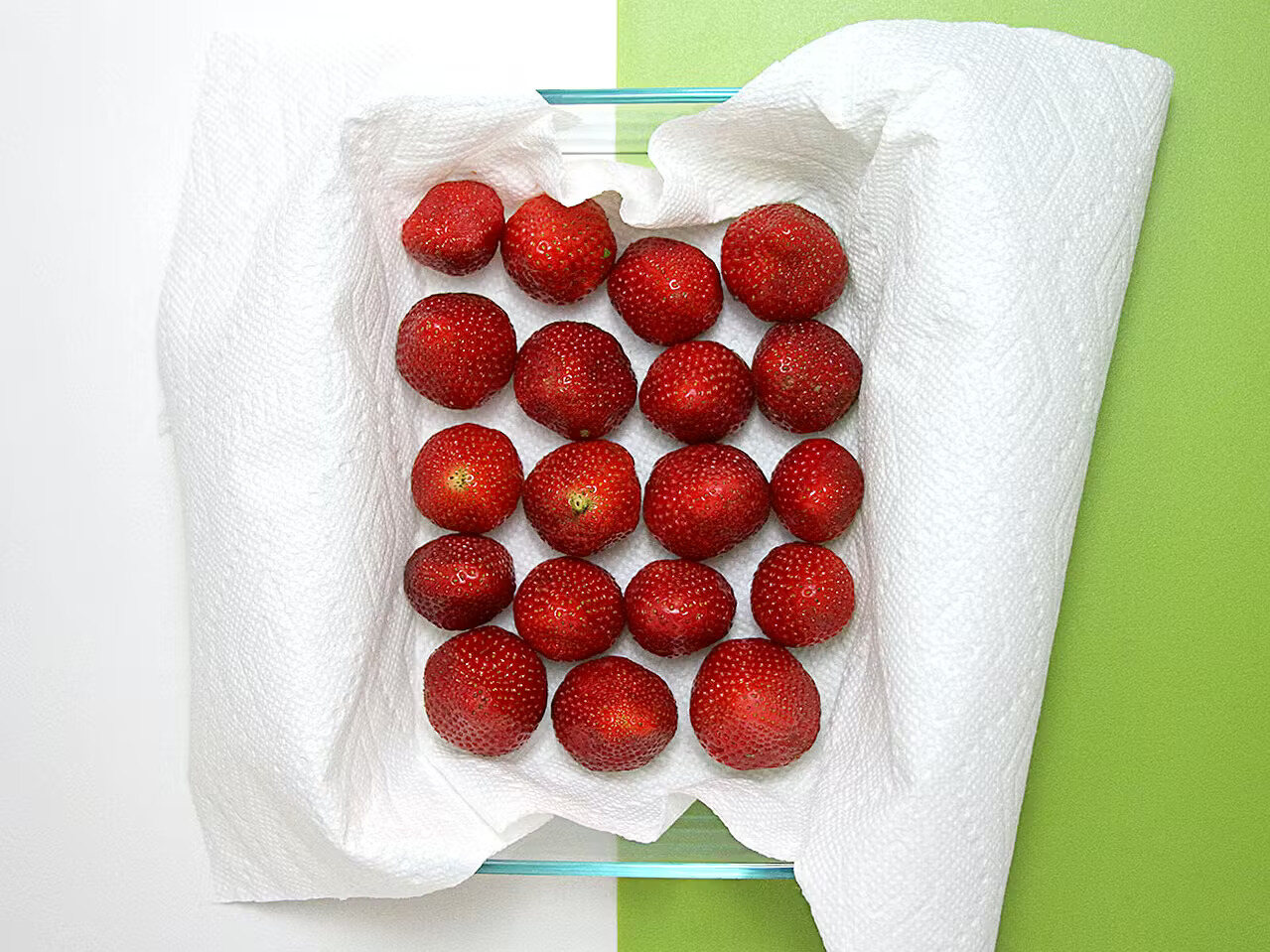
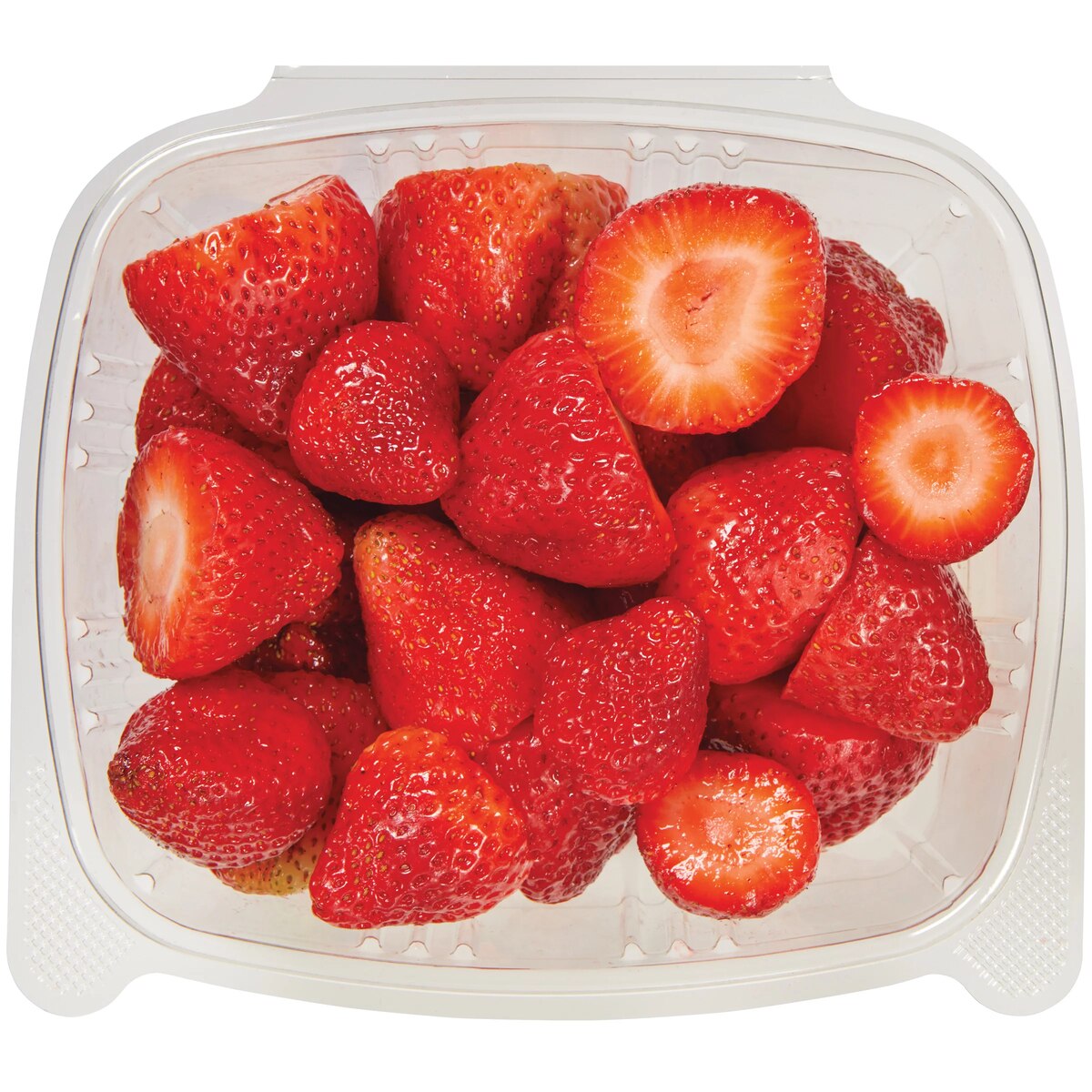

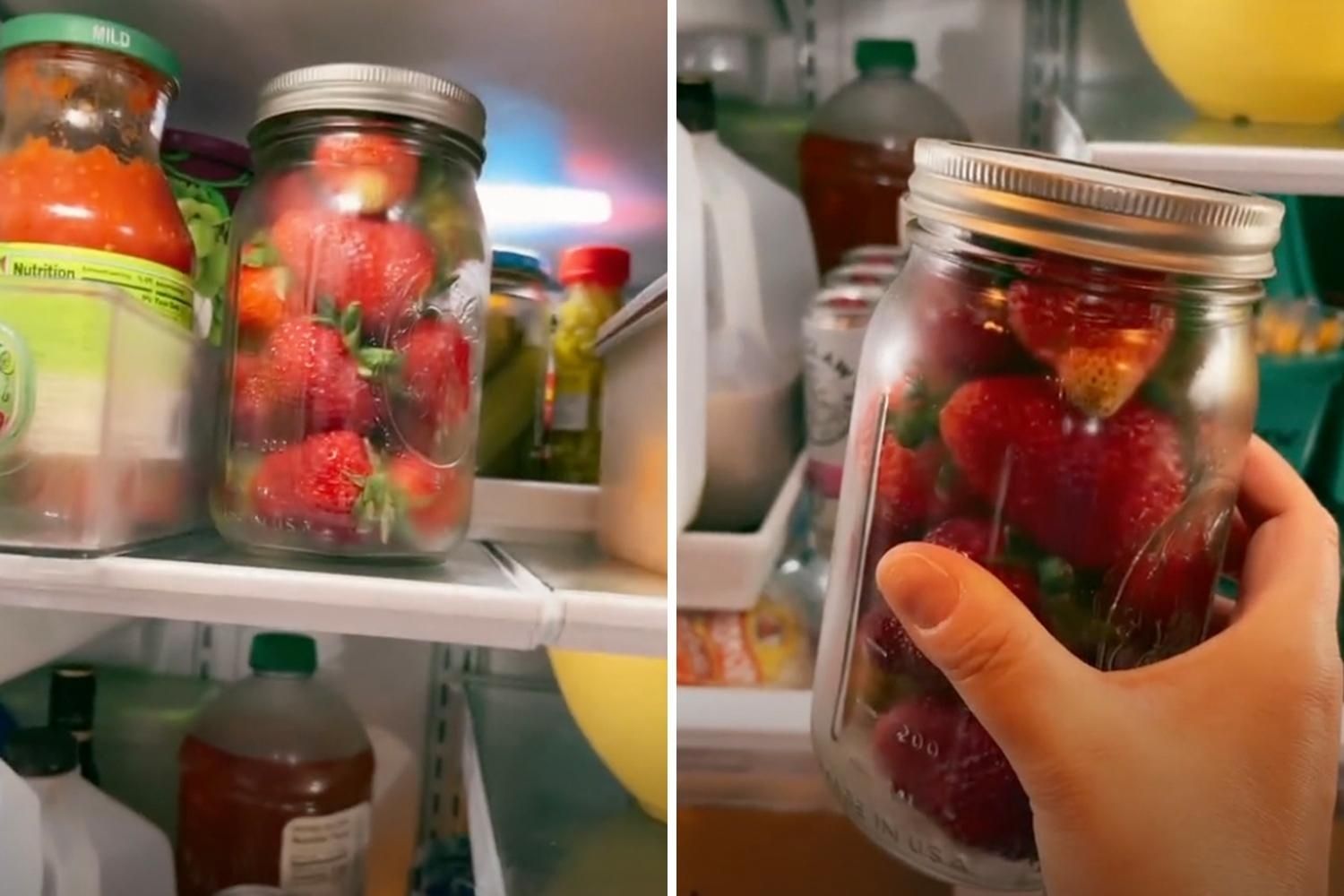




0 thoughts on “How To Store Strawberries In Freezer”